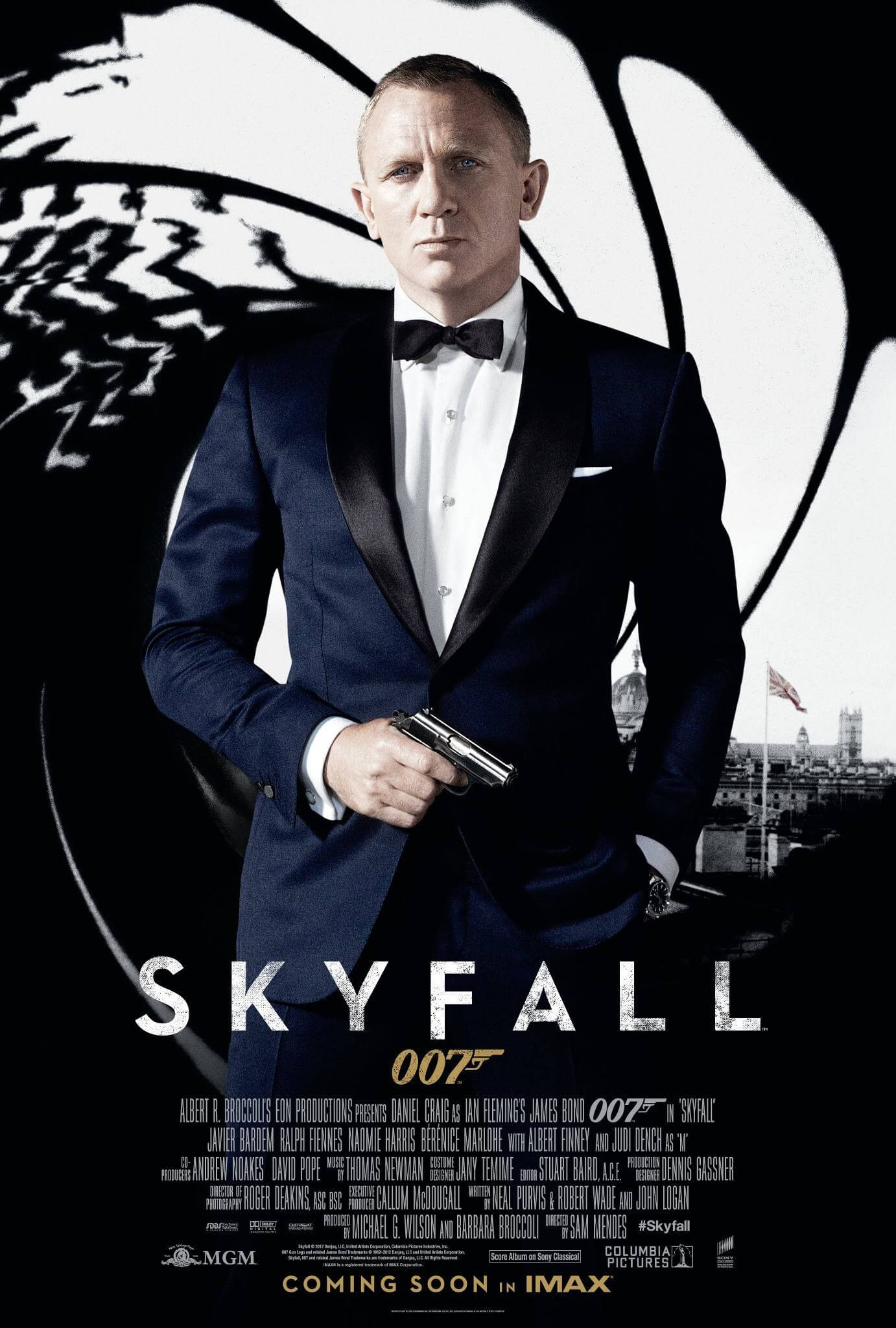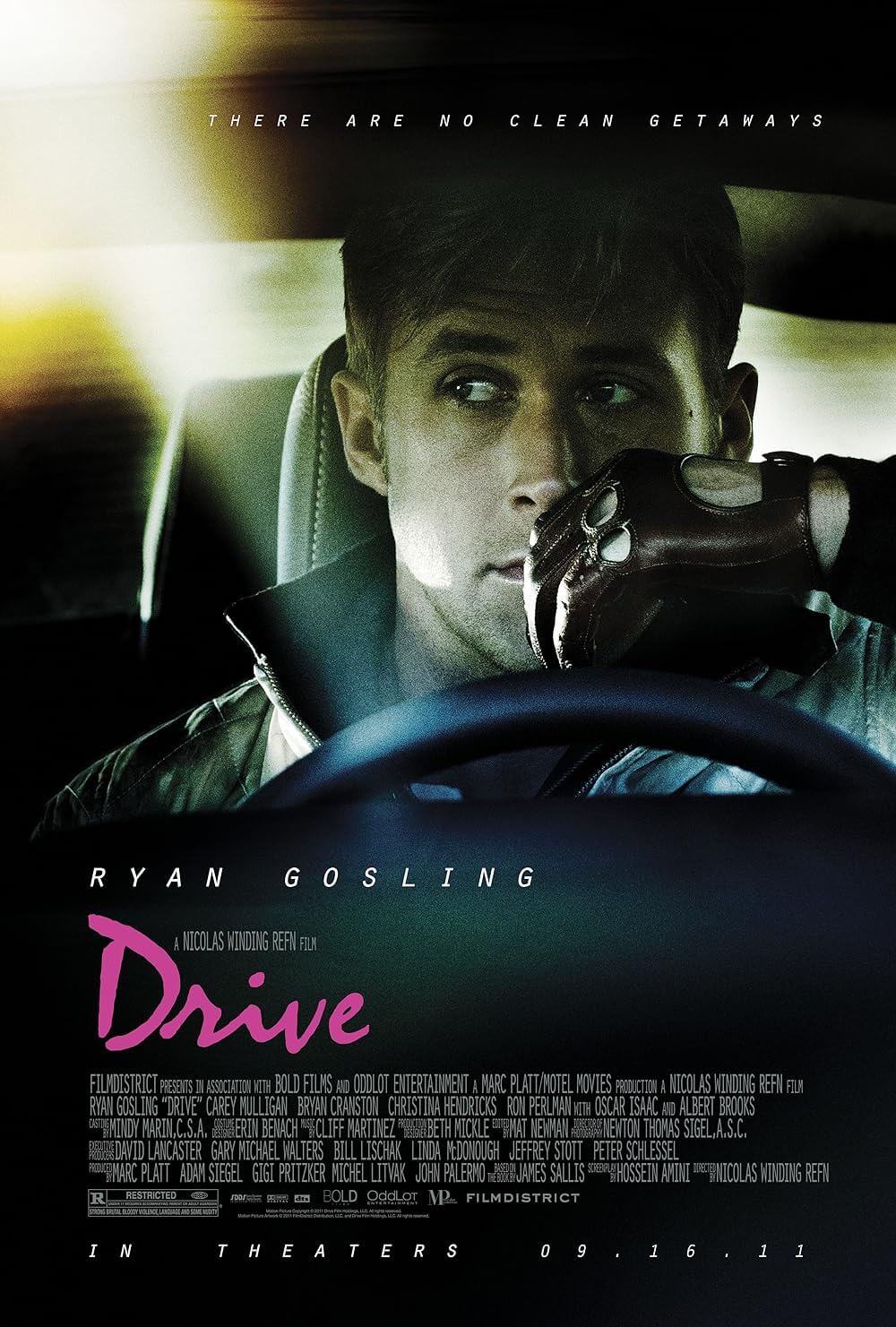
Twisters
By Brian Eggert |
Although storm chasing existed before Twister—the 1996 blockbuster that earned a half-billion dollars and became a marker of the decade’s culture—the movie popularized the phenomenon. Storm chasing went from a few enthusiasts and meteorologists to a pastime among thrill-seekers less interested in weather research than a rush. Likewise, it piqued the public’s interest in weather-related disasters as entertainment. Along with The Day After Tomorrow (2004), 2012 (2009), and Geostorm (2017), several storm-obsessed reality TV shows appeared on the Discovery Channel, National Geographic, and The Weather Channel, along with D-grade direct-to-cable movies that capitalized on the idea. See Christmas Twister (2012), the six Sharknado movies, or the dozens of other tornado-centric titles that have saturated the non-theatrical marketplace ever since. Moreover, it’s curious that no major studios attempted to duplicate Twister’s success with a tornado-centric disaster movie at the time and that a sequel didn’t immediately follow. So when multiple storm-chasing crews compete in Twisters, it’s as though Twister exists in their world, and they’ve set out to replicate its energy. However, Twisters resists any such meta-ness, supplying what will surely be a mid-summer box-office smash with crowd-pleasing appeal.
Banking on today’s rampant ’90s nostalgia, Twisters delivers a product that’s difficult to categorize. It’s not quite a sequel or a legacy sequel; it’s more of a remake. Confusingly, the new movie pluralizes the original’s title, suggesting a continuation. Yet, this isn’t an Alien (1979) scenario where one monster gives way to many in the sequel, Aliens (1986). Both Twister and Twisters feature multiple tornados. Additionally, the two movies share none of the same characters, and aside from a similar premise and occasional nods to the original, they’re separate beasts, technically. Sure, the “Dorothy” device from the 1996 movie, filled with orb-shaped sensors designed to track a tornado’s movements, appears early on. But that’s where the connection ends, at least concerning the events in the original. There are other similarities, to be sure, right down to using the same basic narrative blueprints. And while the younger stars and new weather-tracking technology supply some innovations, if you’ve seen the original, you’re getting more of that, only tweaked for modern moviegoers.
In the opening sequence, PhD candidate Kate (Daisy Edgar-Jones) hopes to prove her theory that she can “tame the tornado” by using super-absorbent polymers to dry out the whirlwind. Accompanied by fellow storm-chasing students, among them Javi (Anthony Ramos) and various others (Daryl McCormack, Kiernan Shipka, Nik Dodani), the group records their progress on video. Everyone’s smiling and having so much fun—like they’re shooting a Coke commercial—that you just know something will go wrong. Sure enough, their mission, which does in minutes what the 1996 movie took its entire runtime to achieve, goes so bad that you almost have to respect Twisters for going there. Whereas one might be tempted to complain that the original movie lacked realism, with most characters walking away alive and mainly unscathed, the body count and physical damage are much higher in the sequel, establishing an effective sense of danger. It also embeds a trauma that haunts Kate for much of the movie, leaving her with psychological and physical scars.
 Cut to five years later, when Kate has moved to New York. Javi convinces her to return to her home state of Oklahoma for a “once-in-a-generation tornado outbreak” and help him establish a new technology that uses radar to chart a tornado’s behavior. But they have competition. Various other storm-chasers arrive for a thrill, and none have Kate’s intuition for predicting weather patterns. Just as Bill Paxton’s character in Twister was a kind of tornado whisperer who could sense a tornado’s location by dropping grains of sand, Kate does the same with fluffy dandelion seeds. Sharing Kate’s ability to track storms is Tyler Owens (Glen Powell)—head of an Arkansas-based YouTube crew armed with drones, firecrackers, flares, and drills that auger into the ground to ensure a tornado won’t carry away their souped-up rig. The main competition to Javi’s group, Tyler believes that chasing storms is “part science, part religion.” And though he initially comes off as a braggadocious annoyance, the character is another of Powell’s blowhards whose swagger masks a sensitive, intelligent guy at heart.
Cut to five years later, when Kate has moved to New York. Javi convinces her to return to her home state of Oklahoma for a “once-in-a-generation tornado outbreak” and help him establish a new technology that uses radar to chart a tornado’s behavior. But they have competition. Various other storm-chasers arrive for a thrill, and none have Kate’s intuition for predicting weather patterns. Just as Bill Paxton’s character in Twister was a kind of tornado whisperer who could sense a tornado’s location by dropping grains of sand, Kate does the same with fluffy dandelion seeds. Sharing Kate’s ability to track storms is Tyler Owens (Glen Powell)—head of an Arkansas-based YouTube crew armed with drones, firecrackers, flares, and drills that auger into the ground to ensure a tornado won’t carry away their souped-up rig. The main competition to Javi’s group, Tyler believes that chasing storms is “part science, part religion.” And though he initially comes off as a braggadocious annoyance, the character is another of Powell’s blowhards whose swagger masks a sensitive, intelligent guy at heart.
Apart from the corrective measures in the first sequence, Twisters has a case of sequelitis, repeating many of the same ideas and motifs established in 1996. There are more references to The Wizard of Oz (1939). Another tornado interrupts a movie, but in a small-town movie house instead of a drive-in this time. Once more, there’s a corporatized and anonymous group of identical storm-chasers, represented by Javi and his business partner Scott (David Corenswet), financed by a shady investor. They compete with Tyler’s more downhome crew, which resembles Helen Hunt’s ragtag bunch from the original—albeit more of a yee-hawing, rip-roaring band of attention whores who, in time, demonstrate more selfless motivations. Like the original, the characters talk about the tornados like they’re wild animals, referring to them with feminine pronouns while suggesting they’re “coming after the people we love”—as though Nature discriminates. If the tornados are monsters, then Kate and Tyler represent the resident knights who, by the finale, learn how to slay the beast.
Working from a story by Joseph Kosinski, screenwriter Mark L. Smith walks ideological lines to ensure Universal earns back the production’s $200 million budget. Though the movie acknowledges that storms are “getting more erratic” and Kate’s mother (Maura Tierney) alludes to the recent increase in extreme weather, there’s no mention of climate change by name, and therefore, no reason for deniers to get their underwear in a bunch or boycott the movie. That’s not to say science doesn’t play a role here. Twisters offers several info dumps, most delivered to an oblivious London-based journalist (Harry Hadden-Paton) shadowing Tyler for a story. If the movie avoids upsetting conservatives and opening itself up to accusations of leftist propaganda, at least Smith includes some meteorological shorthand for those interested, which is more than can be said for the original. Pump up the country music—complete with songs about Oklahoma and with on-the-nose “steal my thunder” lyrics—and avoid anything that might upset either side of the current culture war, and you have yourself a surefire crowd-pleaser, conspicuously innocuous though it may be.
Director Lee Isaac Chung follows his restrained, sensitive Oscar-winner Minari (2020) by imitating the Spielbergian style that Jan de Bont replicated so well on Twister. Chung is skilled at bringing humanity to the movie while adhering to the modern look and pacing of contemporary blockbusters. While there’s not much to distinguish the sequel visually, Chung and cinematographer Dan Mindel deliver some dramatic skies and high-energy chases. Much of the movie involves convoys driving through flat farmland, pursuing some CGI storm in the distance. The tornadoes look convincing enough, but they’re an inherently un-cinematic device, rendered in a series of blurry browns and grays littered with debris. The standout sequence involves a tornado that swirls through an oil refinery, prompting a fiery cyclone that should please fans of Fire Twister (2015) and last year’s Firenado. The YouTube segments feel forced into the proceedings to appeal to a younger crowd and get that four-quadrant appeal. Indeed, much about Twisters feels engineered rather than organic, resulting in a production that registers as safe and predictable instead of alive.
At one point in Twisters, Tyler tells Kate, “You don’t face your fears. You ride them.” He mentions this about a rodeo show and how, apparently, he used to fear of bulls. Before we can process Tyler’s rich backstory of overcoming his taurophobia, a tornado rips through the scene. There’s a lot of that happening in this movie, with character moments falling flat because of the rush to chase the next storm. Chung offers only one significant interlude where Kate and Tyler bond on her childhood farm in a peaceful sequence, the only one that resembles Minari. Elsewhere, the forced interpersonal conflicts do little more than drive the characters from one tornado sequence to the next. Still, Edgar-Jones proves she can lead a major motion picture, even if her character has no edge. She has chemistry with Powell, which accounts for much of what works about Twisters. Most of the supporting characters (Sasha Lane, Katy O’Brian, TV on the Radio’s Tunde Adebimpe, et al.) add to the lighthearted and energetic tone as well. Overall, this is an A-level treatment of material that has become common direct-to-cable fare. And like the original, Twisters isn’t that great of a movie and doesn’t hold up under scrutiny. But it’s diverting enough and delivers on its promise of a spectacle.

Consider Supporting Deep Focus Review
I hope you’re enjoying the independent film criticism on Deep Focus Review. Whether you’re a regular reader or just occasionally stop by, please consider supporting Deep Focus Review on Patreon or making a donation. Since 2007, my critical analysis and in-depth reviews have been free from outside influence. Becoming a Patron gives you access to exclusive reviews and essays before anyone else, and you’ll also be a member of a vibrant community of movie lovers. Plus, your contributions help me maintain the site, access research materials, and ensure Deep Focus Review keeps going strong.
If you enjoy my work, please consider joining me on Patreon or showing your support in other ways.
Thank you for your readership!
Brian Eggert | Critic, Founder
Deep Focus Review







